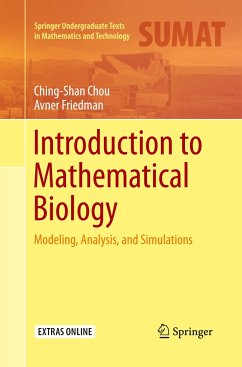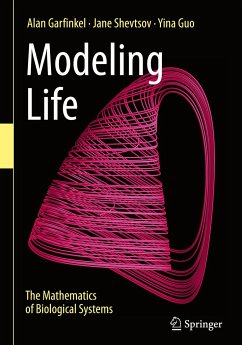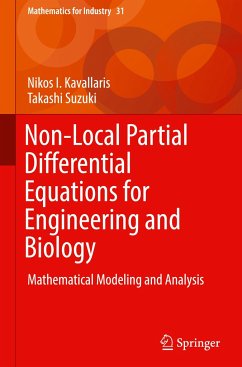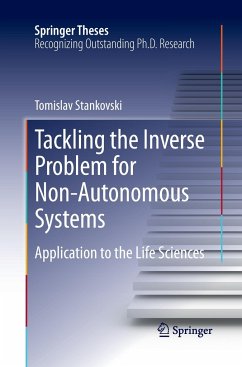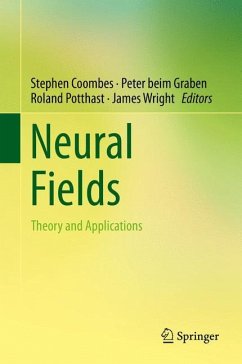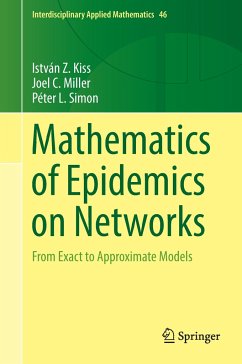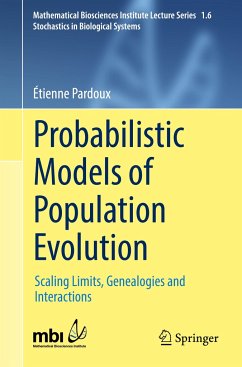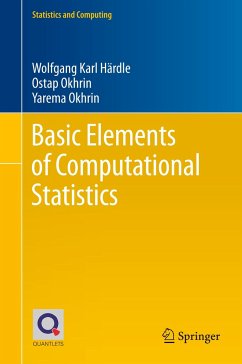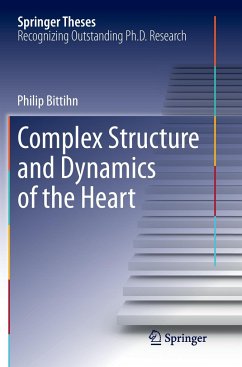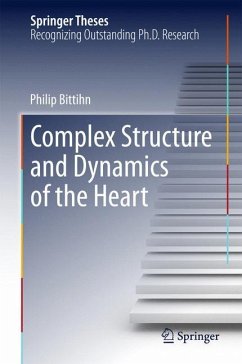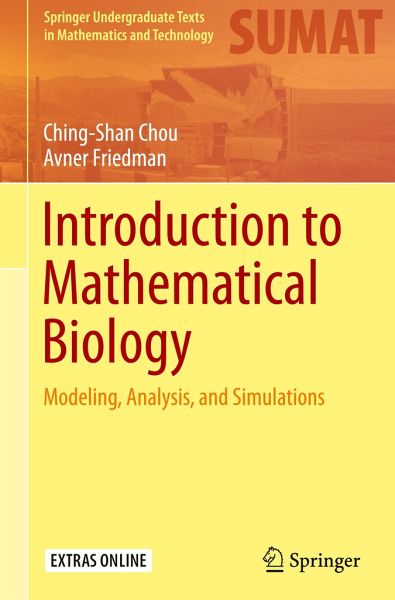
Introduction to Mathematical Biology
Modeling, Analysis, and Simulations
Versandkostenfrei!
Versandfertig in 6-10 Tagen
38,99 €
inkl. MwSt.
Weitere Ausgaben:

PAYBACK Punkte
19 °P sammeln!
This book is based on a one semester course that the authors have been teaching for several years, and includes two sets of case studies. The first includes chemostat models, predator-prey interaction, competition among species, the spread of infectious diseases, and oscillations arising from bifurcations. In developing these topics, readers will also be introduced to the basic theory of ordinary differential equations, and how to work with MATLAB without having any prior programming experience.The second set of case studies were adapted from recent and current research papers to the level of ...
This book is based on a one semester course that the authors have been teaching for several years, and includes two sets of case studies. The first includes chemostat models, predator-prey interaction, competition among species, the spread of infectious diseases, and oscillations arising from bifurcations. In developing these topics, readers will also be introduced to the basic theory of ordinary differential equations, and how to work with MATLAB without having any prior programming experience.
The second set of case studies were adapted from recent and current research papers to the level of the students. Topics have been selected based on public health interest. This includes the risk of atherosclerosis associated with high cholesterol levels, cancer and immune interactions, cancer therapy, and tuberculosis. Readers will experience how mathematical models and their numerical simulations can provide explanations that guide biological andbiomedical research.
Considered to be the undergraduate companion to the more advanced book "Mathematical Modeling of Biological Processes" (A. Friedman, C.-Y. Kao, Springer - 2014), this book is geared towards undergraduate students with little background in mathematics and no biological background.
The second set of case studies were adapted from recent and current research papers to the level of the students. Topics have been selected based on public health interest. This includes the risk of atherosclerosis associated with high cholesterol levels, cancer and immune interactions, cancer therapy, and tuberculosis. Readers will experience how mathematical models and their numerical simulations can provide explanations that guide biological andbiomedical research.
Considered to be the undergraduate companion to the more advanced book "Mathematical Modeling of Biological Processes" (A. Friedman, C.-Y. Kao, Springer - 2014), this book is geared towards undergraduate students with little background in mathematics and no biological background.



